What telescope should I buy? How to choose your first telescope1 Comment26 March 2024 | Admin “This is the question we get asked most at PicStop. Read on for advice to help you choose the right telescope. The perfect telescope for you will depend on what you most want to look at, your lifestyle and, of course, your budget. There are telescopes for beginners designed specifically for planets and the moon while others are better for ‘deep sky’ objects like galaxies, star clusters and nebulae. Sizes differ drastically and so do the way telescopes are operated; just like cars, there are manual and automatic telescopes and, more recently, Celestron StarSense Explorer telescopes that use a smartphone as a ‘satnav for the sky’. You can rest assured that PicStop has the right telescope for you. However, like asking what camera, car or house you should buy, deciding to buy a telescope means doing some research and getting to know what’s available. Happily, there are some relatively simple answers to some of the most frequent questions we get asked that can lead you straight to a telescope that could be right for you. What is the best-value all-rounder telescope?A Newtonian reflector with an aperture of 100-150mm (4-6 inches) is best. Recommended examples:
What’s the best-value telescope for observing galaxies, star clusters and nebulae?A Dobsonian Newtonian reflector with an aperture of 150-200mm (6-8 inches) Recommended examples:
What’s the best telescope for observing the moon and planets?A refractor with an aperture of 100mm/-125mm (4-5 inches). Recommended examples:
What’s the best telescope for portability?A refractor with an aperture of 76-100mm (3-4 inches) Recommended examples:
What’s the easiest telescope to use?A telescope from Celestron StarSense Explorer range is hard to beat Recommended examples:
What you need to know before you buy a telescopeNobody likes jargon, but it’s really helpful to know what’s important – and what isn’t – when buying a telescope. 1. OpticsThere are two main types of telescopes for beginner: refractors (which uses lenses) and reflectors (which use mirrors). Whichever you choose it’s always a case of getting what you pay for, with the price of the telescope the biggest factor in determining the quality of a telescope’s optics. Better optics mean sharper and brighter images. 2. ApertureThe most important specification to consider when choosing a telescope is the aperture – the size of its lens or mirror. The bigger a telescope’s mirror or lens, the more light its collects and the deeper into space it will see. Light is the raw material of all astronomy. The higher the aperture, the brighter and more detailed its images will be when used with any given eyepiece. Aperture is expressed in both inches and millimetres, with backyard telescopes for beginners ranging from 76mm-200mm//3-8 inches. There’s a trade-off because the bigger the aperture the bigger the physical size of the telescope. 3. Focal lengthThe length of a telescope tube matters. A short focal length will give a wide field of view and low magnification with an eyepiece (ideal for star clusters, galaxies and nebulae) while a long focal length has a narrower field of view and can offer higher magnification with an eyepiece (better for the moon and planets). 4. MagnificationMagnification is not as important as a telescope’s aperture. How much a telescope can magnify an object without it being blurry is a product of the telescope’s aperture, its focal length and the eyepiece you put on it. You’ll see all kinds of wild claims about the magnification offered by telescopes, but you can – and should – do the maths yourself. Divide the telescope’s focal length by an eyepiece’s focal length and you’ll get the answer. For example, the Celestron StarSense Explorer LT 80AZ has a focal length of 900m and comes with two eyepieces with focal lengths of 25mm (low power) and 10mm (high power), respectively. So it achieves a usable magnification of 36x and 90x. 5. Focal ratioThis ‘f-number’ tells you how ‘fast’ or ‘slow’ a telescope is. ‘Fast' telescopes are better for observing deep sky objects while 'slow' telescopes are best for planets and the moon. Divide the telescope’s focal length by the aperture and you’ll get the focal ratio. For example, the Celestron Astromaster 70AZ’s focal length is 900mm and its aperture is 70mm, meaning a focal ratio of f/13. That makes it a ‘slow’ telescope, meaning it’s great for planets and the moon. A ‘fast’ telescope has a focal ratio of about f/5 or lower. 6. MountsAltazimuthTelescopes move in different ways. For beginners, an altazimuth mount is the way to go. It moves up and down and 360º around. It’s simple and it’s easy to use. Manual altazimuth mounts dominate on telescopes for beginners, but make sure the one you choose has a mount that’s sturdy and solid. GoToYou will also find more expensive computerised and motorised GoTo mounts that automate everything, though they do require the user to align the telescope to (typically three) bright stars. A modern and good value alternative is the Celestron StarSense Explorer range of telescopes, which have manual altazimuth mounts, but use a smartphone app to align with objects. EquatorialYou’ll also see equatorial (EQ) mounts, which are aligned to the rotation of Earth so allow a telescope to move exactly how stars appear to move. An EQ mount is essential for deep-sky astrophotography, but it’s expensive, complicated and best avoided if you’re buying your first telescope. 7. AccessoriesWhile the optics on modern telescopes generally impress even on very affordable models, the accessories often do not. In the box, you’ll typically find a mount, a tripod, a variety of eyepieces, a finderscope for helping to aim a telescope, and slow-motion controls for getting an object exactly in the crosshairs of your telescope. Accept that you’ll probably want to upgrade some of these accessories over time. Now you’re an expert it’s time to go choose your first telescope!
|

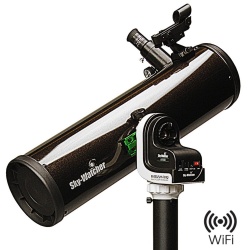
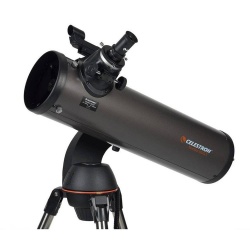
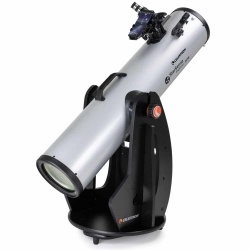
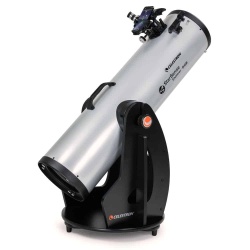
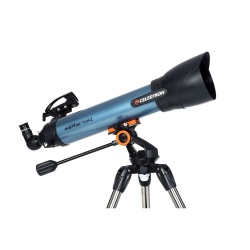
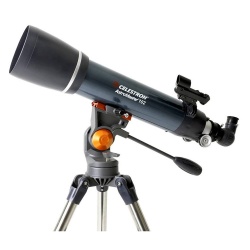
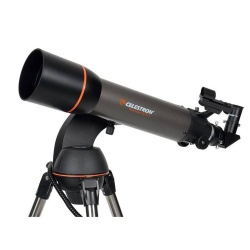
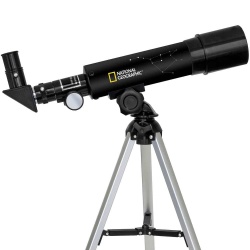
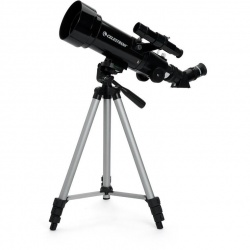
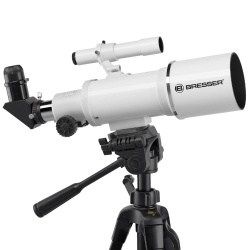
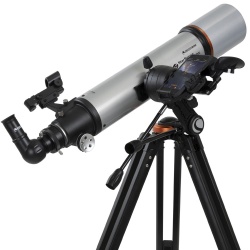
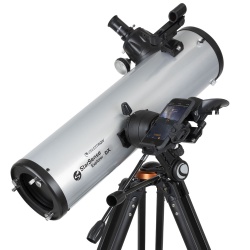
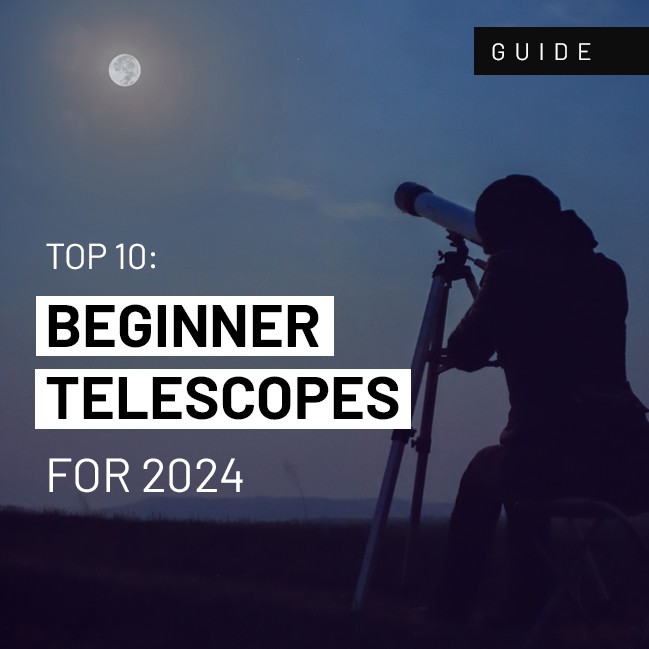
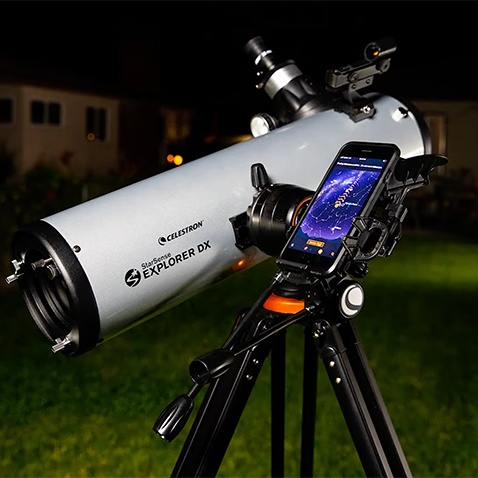

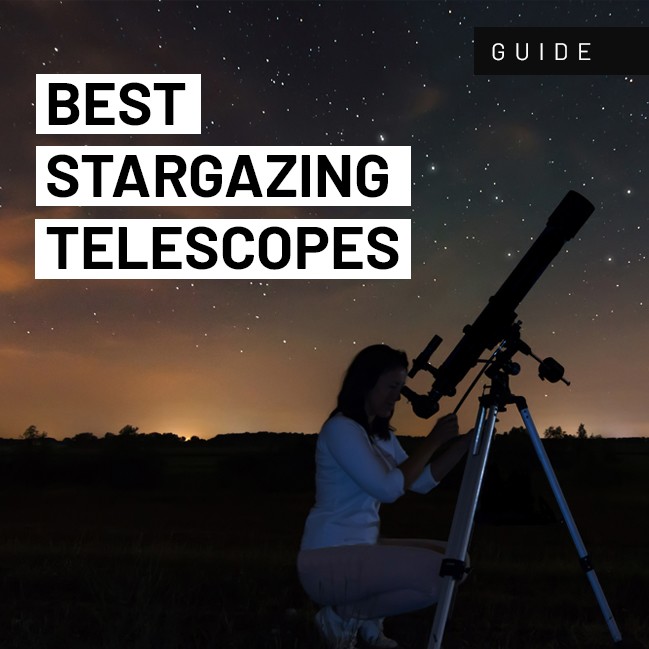










Very informative